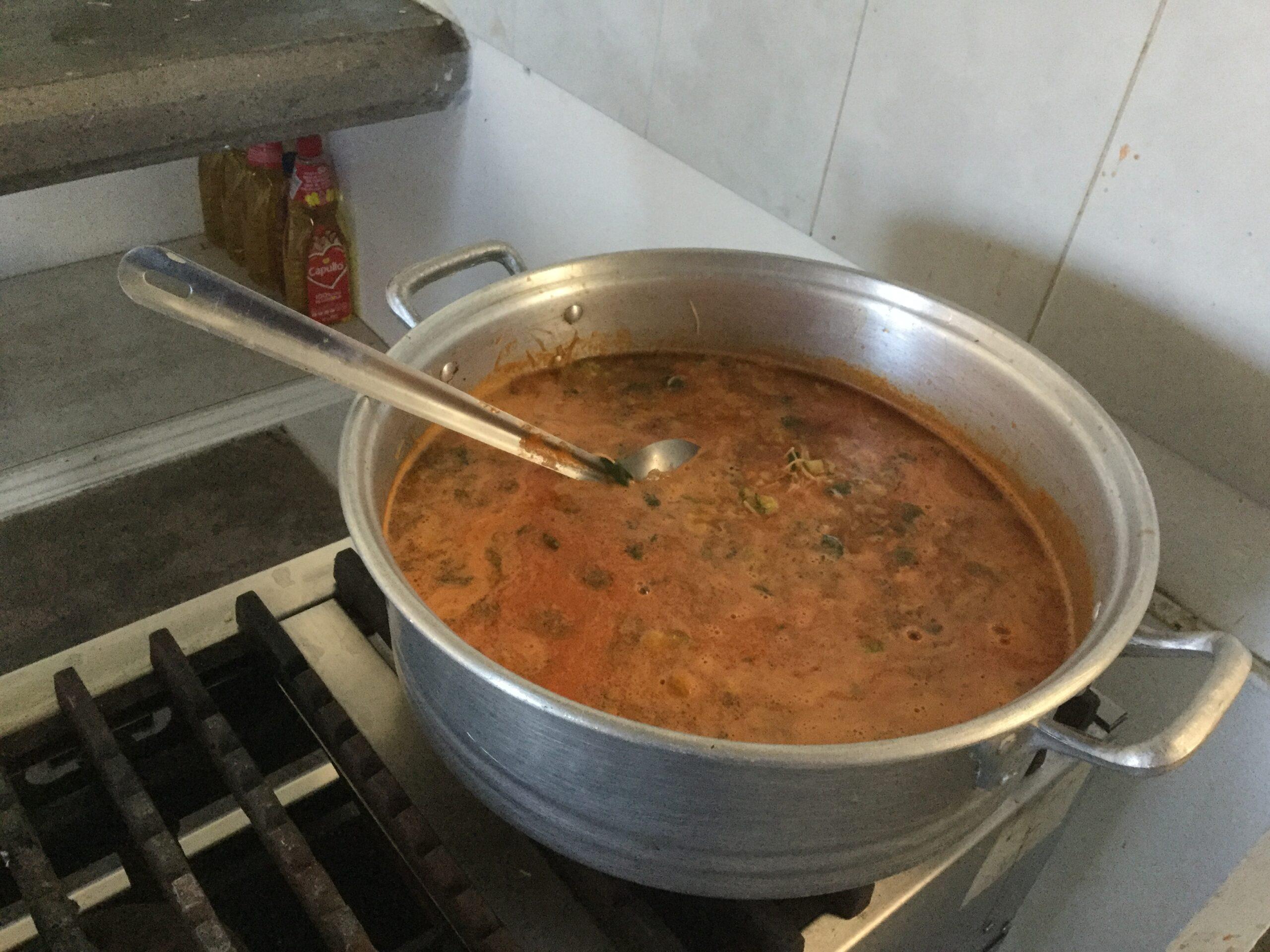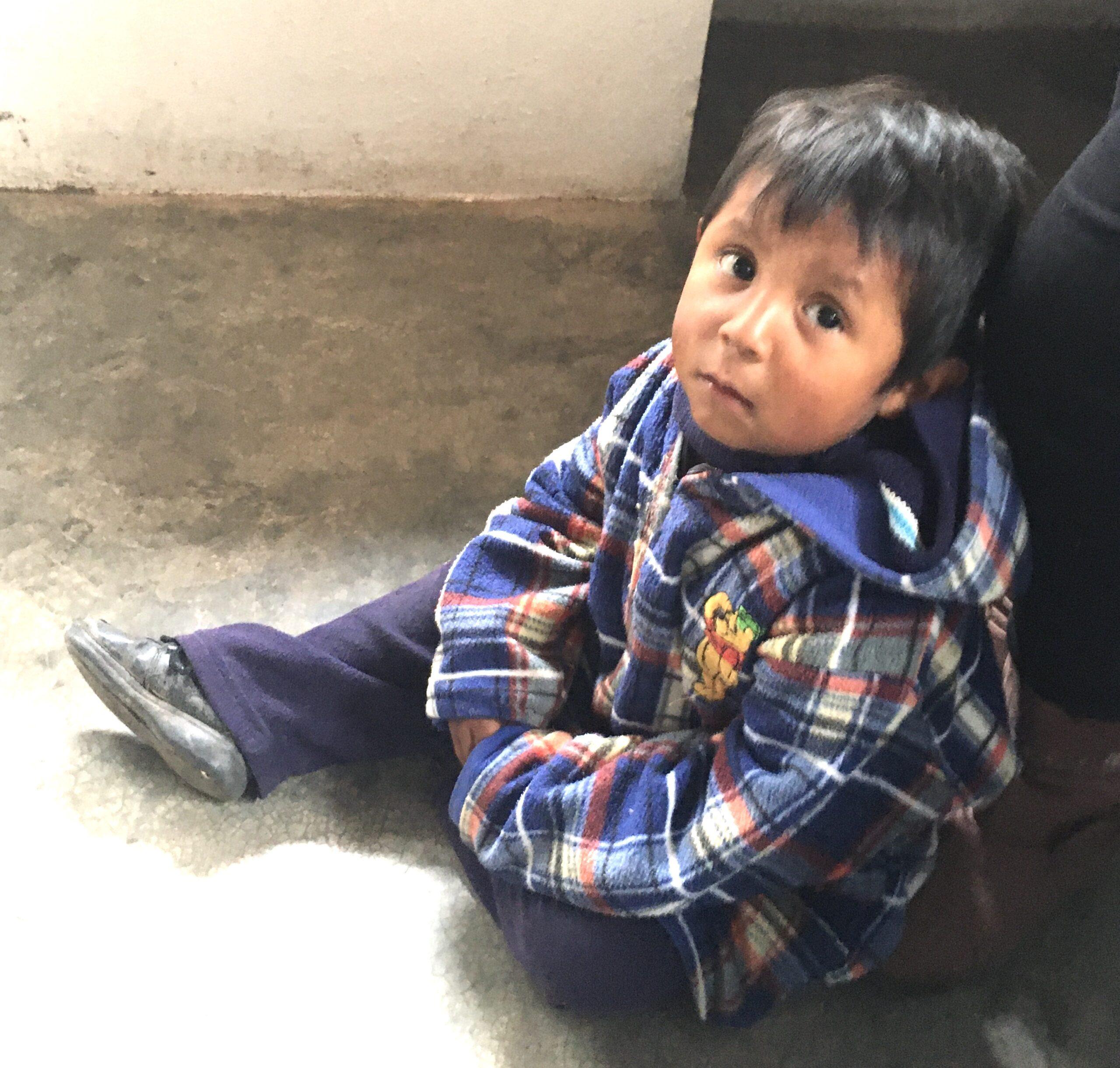The following was written in 2011, for a collection of stories published in 2014 upon the 30th anniversary of Feed the Hungry San Miguel.
Who Was Responsible for Starting Feed the Hungry?
Dianne Walta Hart Interview with Dean Underwood and Robin Spencer de Díaz
February, 2011

When asked who started Feed the Hungry, Robin’s answer was quick and definite: Bill Casselberry. He was the best friend of her mother, Nancy Underwood, and of her step-father, the Rev. Dean Underwood, rector of St. Paul’s Church from 1979 to 1990. She remembers that one day Bill went in to the office of St. Paul’s and described the problems of the poor, especially the children. From that, he came up with the idea of feeding the children from the church kitchen and thereby created what became the first Feed the Hungry feeding station.
Dean Underwood said that Bill was sensitive to poverty. Dean thought back to the day he met Bill: “He had been a Navy officer in Vietnam. He was taller than I am, but slight, with gray hair. In my view, he was politically very conservative and sometimes seemed troubled. His wife Martha was a great gal, a Navy wife. Ten minutes after Bill returned from Vietnam, someone spit in his face. He never got over that. He was one of that era’s heroes.”
Bill Casselberry had put his finger on a problem and came up with a solution. People of all ages who were in need of food began going to the church where the cafeteria served them rice, beans, agua fresca, and tortillas. According to Dean, it was a challenge sometimes just to keep up with all the dishes that had to be washed.

Dean also recalled that when he first saw the children lining up to eat at St. Paul’s, he noticed that they were listless, had bad eyes, bad complexion, and were weak from inadequate nourishment. Six weeks later, “they were ‘full of beans’, with better complexions, better eyes, and happier in that short amount of time. Every time Feed the Hungry opens a kitchen, that’s what happens.” Then he added thoughtfully, “When I think back on it, while all the children were hungry, some were actually starving. In the mid-eighties, San Miguel was much poorer than it is now.”
“I also remember giving 11:00 a.m. services, and no one could hear with the pandemonium the children were creating outside the church.” He quickly added, “Not a complaint, just a description. They were mainly children with their mothers and elderly family members; I don’t remember a lot of fathers.”
While Dean’s wife, Nancy, did not come up with the idea of Feed the Hungry, she and her daughter, Robin Spencer de Díaz, did much of the work. When the crowd at the church became too large to handle, they began a second feeding station in San Miguel’s Colonia Independencia.
Robin remembered hiring two Mexican cooks, who in retrospect were the first Feed the Hungry staff members. Since both she and her mother were bilingual, they gave the new cooks instructions on food preparation and cleanliness. Individuals donated food, as did vegetable shops like El Tomate and a restaurant, Pepe’s Patio, on Mesones.
In an attempt to raise funds for Feed the Hungry and for other outreach programs at St. Paul’s, the Casselberrys and the Underwoods arranged tours throughout Mexico, later taking people to India, and eventually to Peru, Brazil, Argentina, Russia, China, Thailand, South Africa, and India.
In Dean’s estimation, “Feed the Hungry owes its great success to Tony Adlerbert. He’s more than a businessman, he’s an entrepreneur. He loves to schmooze. And he brought those skills to Feed the Hungry. Under Tony, what we called feeding stations were moved to schools and became kitchens.”
The role of the early people, however, is not forgotten and many remember the humble beginnings and the early leadership that built the foundation for the future. “Mexicans still come up to me and call me padre. A Mexican told me today that everyone in town knows me. Not true, of course,” he quickly added, “but it was easier then. San Miguel had only 30,000 people.”


